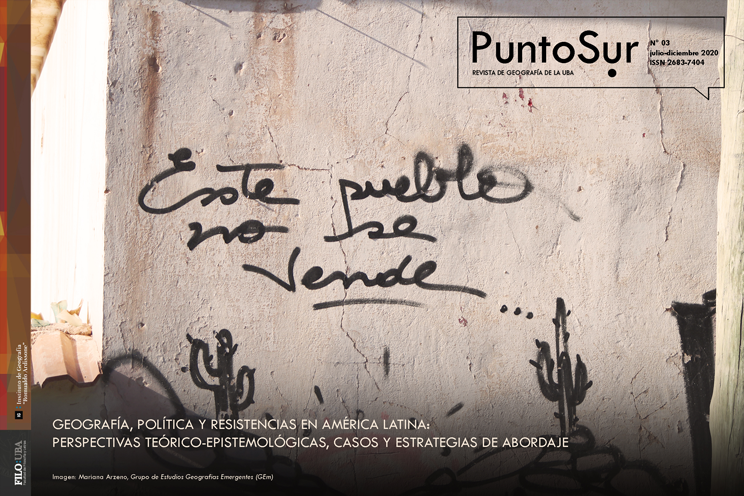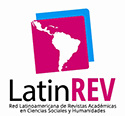Mapping spatial order and disorder: social cartography in Cabure-í, Misiones
Keywords:
social cartography, cartography, spatial order, cadastre, land tenure
Abstract
In this article, we aim to reflect on the contributions that social cartography or participatory mapping could make towards identifying the spatiality –or the specifically spatial aspects– of social processes. To this end, we analyze a mapping process we co-organized in Cabure-í, Misiones, alongside a cooperative of small-scale farmers. This mapping aimed to highlight, for cooperative members, the spatial dimension of the current situation of land tenure in the area, which would enable to reframe precarious tenure situations as an issue on a collective scale, instead of as a problem pertaining to individual families. Furthermore, for our research team, this mapping caused us to question our own assumptions around the spatial order configured by the cooperative’s members. While we assumed that the official cadastral land divisions would only be relevant to the population insofar as they legitimize eviction orders against these small farmers –almost none of which hold land titles–, we found that these farmers have also reappropriated the cadastral map to draw their own plot demarcations.Downloads
Published
2020-11-30
How to Cite
Fernández Romero, F., Muñecas, L., Zanotti, A. S., & Piccinali, L. (2020). Mapping spatial order and disorder: social cartography in Cabure-í, Misiones. Punto Sur, (3), 9-27. https://doi.org/10.34096/ps.n3.9696
Section
Dossier






















